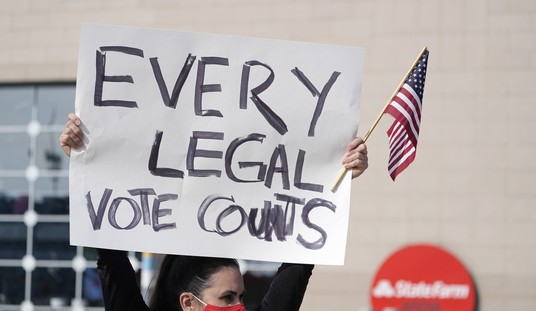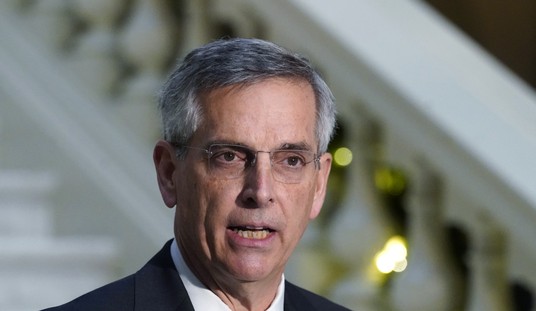The American Age of Austerity lasted approximately three minutes, give or take a nanosecond. Immediately after the Senate approved the bipartisan "Budget Control Act of 2011" on Tuesday afternoon, President Obama hustled over to the Rose Garden -- to crow about the renewed opportunity to make "key investments."
Yes, the pitched battle to force government to live within its means has preserved the failed stimulator-in-chief's ability to keep spending like there's no tomorrow. As the curtains closed on D.C.'s debt-ceiling theater, Obama wasted no time putting his new "investment" priorities on the table: higher taxes, more funding for endless unemployment benefits and a "national infrastructure bank."
I don't need to bet you a super-sized bowl of peas that pushover Republicans will be ready to toss their tea party costumes under the bus and rejoin the spending parade faster than you can say "Fitch." Take that government-sponsored infrastructure bank idea. Undaunted by his spectacular porkulus bust and unemployment numbers still hovering near double-digits, Obama peddled this latest shovel-unready scheme last week:
"We've got the potential to create an infrastructure bank that could put construction workers to work right now," he asserted at a press conference, "rebuilding our roads and our bridges and our vital infrastructure all across the country. So those are still areas where I think we can make enormous progress."
How about some progress on the nearly $230 billion already allocated in the original trillion-dollar stimulus law for infrastructure, or the $73 billion in regular infrastructure appropriations spent every year by the feds? Ah, silly me. The government definition of "living within their means" requires politicians to blather, spend and repeat without regard to the consequences.
Recommended
Sponsored by Massachusetts Democratic Sen. John Kerry, the fantasyland infrastructure slush fund has support from Texas GOP Sen. Kay Bailey Hutchison and the corporate welfare-friendly U.S. Chamber of Commerce. How would it work, and who would pay? Unveiled at the radical leftist Center for American Progress in January, Kerry and Company's pipe dream would somehow leverage $10 billion in unidentified public funds into $640 billion in government loans and loan guarantees for union-exclusive construction and bogus green jobs projects. As I've summarized before, the infrastructure banks would borrow more money the government doesn't have to dole out grants that wouldn't be paid back and don't require interest payments.
Last week at a Chamber of Commerce jobs summit shindig, Obama supporter and head of General Electric Co. Jeffrey Immelt pushed a "repatriation tax holiday" to help pay for the infrastructure bank. The idea would be to pressure companies to redistribute foreign profits back to the U.S. by giving them a special tax break. But this isn't just any ordinary tax relief. And this isn't just any ordinary company championing the proposal. This is the same GE lobbying machine that has raised rent-seeking -- squeezing special regulatory and economic favors from government pals -- to an art form.
As Trey Kovacs at the Competitive Enterprise Institute points out: "GE notoriously paid zero taxes in 2010. GE has continuously lobbied Congress for beneficial legislation while contributing millions to top-down spending Democratic cronies to achieve these ends. ... In true GE fashion, the purpose of this financial policy is for GE to benefit from government subsidies from the infrastructure bank, and with Obama in charge, there is no doubt GE will be one of the largest beneficiaries of this government spending."
In keeping with the increasing delegation of spending powers to unelected bureaucrats and donors, infrastructure bank projects would be funded based on their "social benefits," among other progressive criteria, by an Obama-appointed panel.
Yes, ignore the bicker-fest. Democrats and Republicans are joining hands to kick the proverbial can down the road, toss it over the guard rail and plunge it irretrievably into a Grand Canyon of $6 trillion in new debt over the next four years. It's back to big government-spending as usual. Party on.

























Join the conversation as a VIP Member